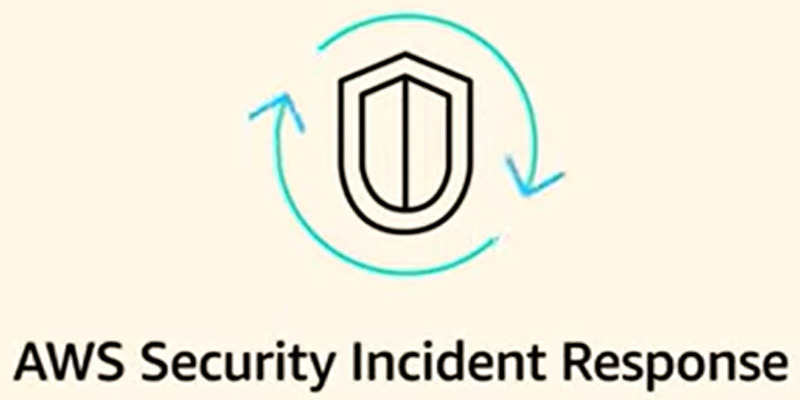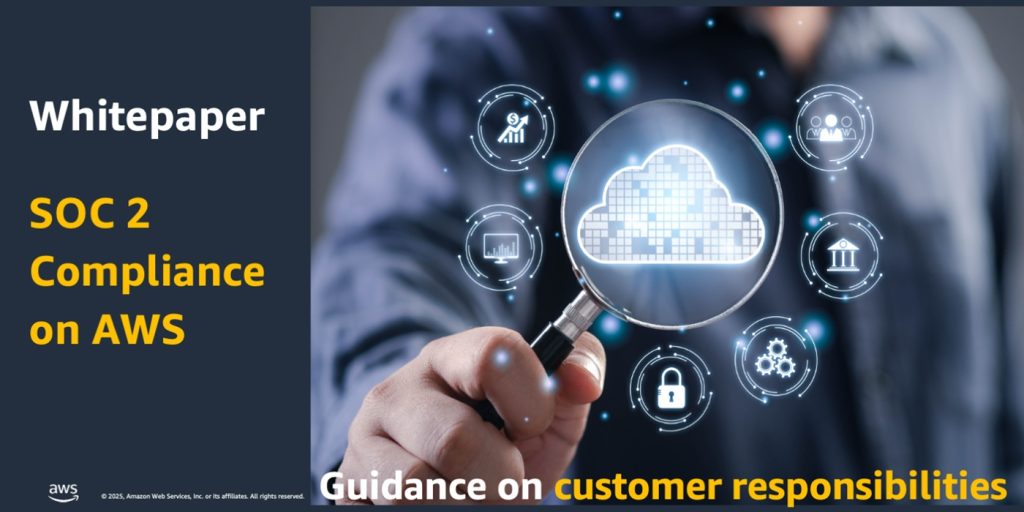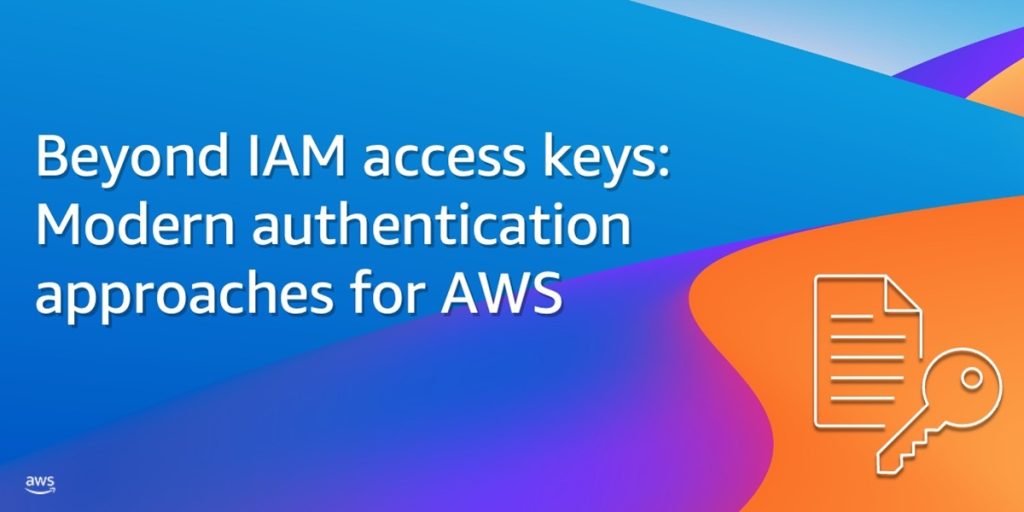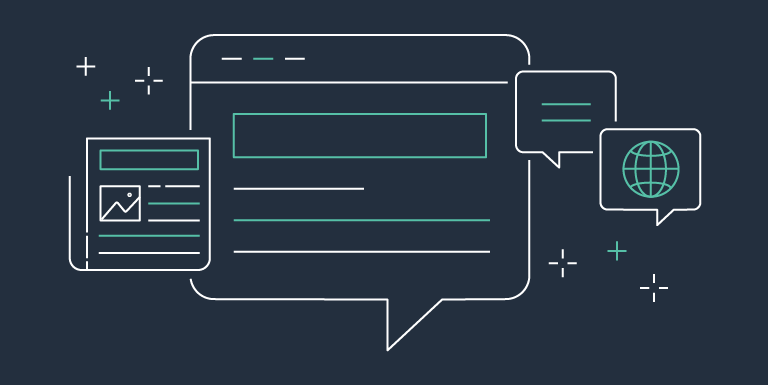AWS Security Blog
Category: Intermediate (200)
AWS Security Incident Response: The customer’s journey to accelerating the incident response lifecycle
August 1, 2024: This post was republished to remove incorrect references to AWS WAF and Shield. Organizations face mounting challenges in building and maintaining effective security incident response programs. Studies from IBM and Morning Consult show security teams face two major challenges: over 50 percent of security alerts go unaddressed because of resource constraints and alert […]
New whitepaper available: AICPA SOC 2 Compliance Guide on AWS
We’re excited to announce the release of our latest whitepaper, AICPA SOC 2 Compliance Guide on AWS, which provides in-depth guidance on implementing and maintaining SOC 2-aligned controls using AWS services. Building and operating cloud-native services in alignment with the AICPA’s Trust Services Criteria requires thoughtful planning and robust implementation. This new whitepaper helps cloud architects, […]
Beyond IAM access keys: Modern authentication approaches for AWS
When it comes to AWS authentication, relying on long-term credentials, such as AWS Identity and Access Management (IAM) access keys, introduces unnecessary risks; including potential credential exposure, unauthorized sharing, or theft. In this post, I present five common use cases where AWS customers traditionally use IAM access keys and present more secure alternatives that you […]
Remote access to AWS: A guide for hybrid workforces
Amazon Web Services (AWS) customers can enable secure remote access to their cloud resources, supporting business operations with both speed and agility. As organizations embrace flexible work environments, employees can safely connect to AWS resources from various locations using different devices. AWS provides comprehensive security solutions that help organizations maintain strong protection of corporate resources, […]
Introducing the new console experience for AWS WAF
Protecting publicly facing web applications can be challenging due to the constantly evolving threat landscape. You must defend against sophisticated threats, including zero-day vulnerabilities, automated events, and changing compliance requirements. Navigating through consoles and selecting the protections best suited to your use case can be complicated, requiring not only security expertise but also a deep […]
How AWS improves active defense to empower customers
At AWS, security is the top priority, and today we’re excited to share work we’ve been doing towards our goal to make AWS the safest place to run any workload. In earlier posts on this blog, we shared details of our internal active defense systems, like MadPot (global honeypots), Mithra (domain graph neural network), and Sonaris […]
AWS CIRT announces the launch of the Threat Technique Catalog for AWS
June 13, 2025: This post was updated to fix an incorrect link. Greetings from the AWS Customer Incident Response Team (AWS CIRT). AWS CIRT is a 24/7, specialized global Amazon Web Services (AWS) team that provides support to customers during active security events on the customer side of the AWS Shared Responsibility Model. We’re excited […]
Introducing the AWS Security Champion Knowledge Path and digital badge
June 16, 2025: We’ve updated this post to correct a typo in the pricing for team subscriptions. Today, Amazon Web Service (AWS) introduces the Security Champion Knowledge Path on AWS Skill Builder, featuring training and a digital badge. The Security Champion Knowledge path is a comprehensive educational framework designed to empower developers and software engineers […]
How to use on-demand rotation for AWS KMS imported keys
Today, we’re announcing support for on-demand rotation of symmetric encryption AWS Key Management Service (AWS KMS) keys with imported key material (EXTERNAL origin). This new capability enables you to rotate the cryptographic key material of these keys without changing the key identifier (key ID or Amazon Resource Name (ARN)). Rotating keys helps you meet compliance […]
AI lifecycle risk management: ISO/IEC 42001:2023 for AI governance
As AI becomes central to business operations, so does the need for responsible AI governance. But how can you make sure that your AI systems are ethical, resilient, and aligned with compliance standards? ISO/IEC 42001, the international management system standard for AI, offers a framework to help organizations implement AI governance across the lifecycle. In […]









